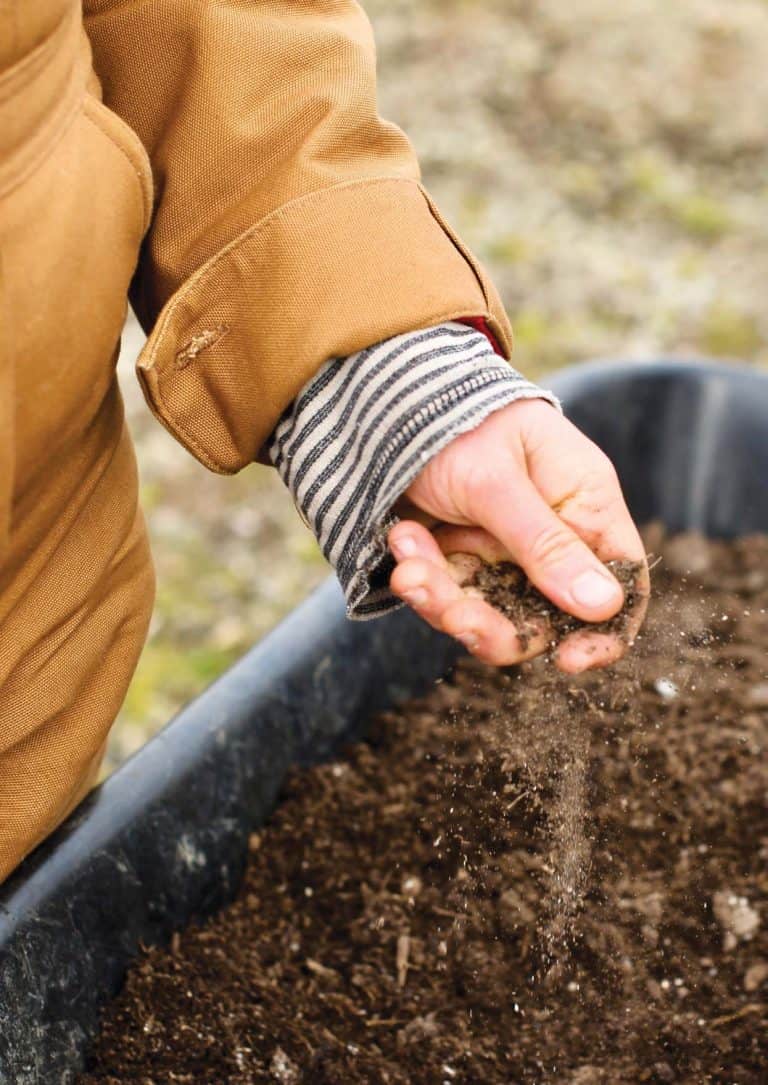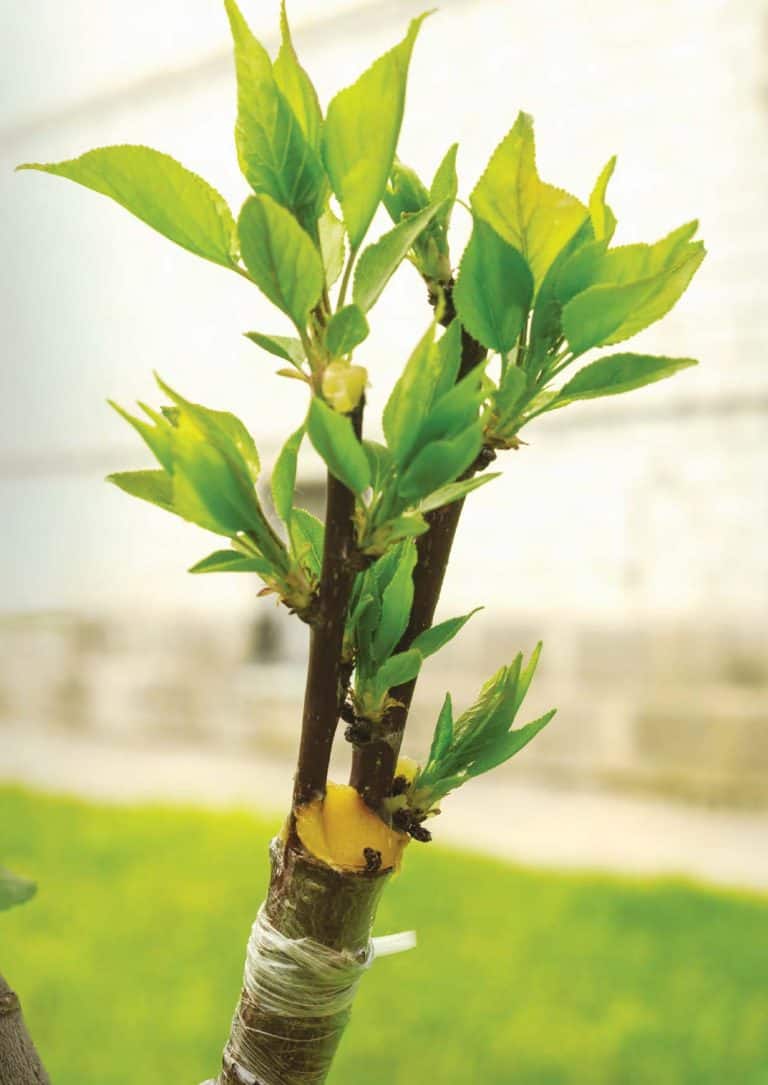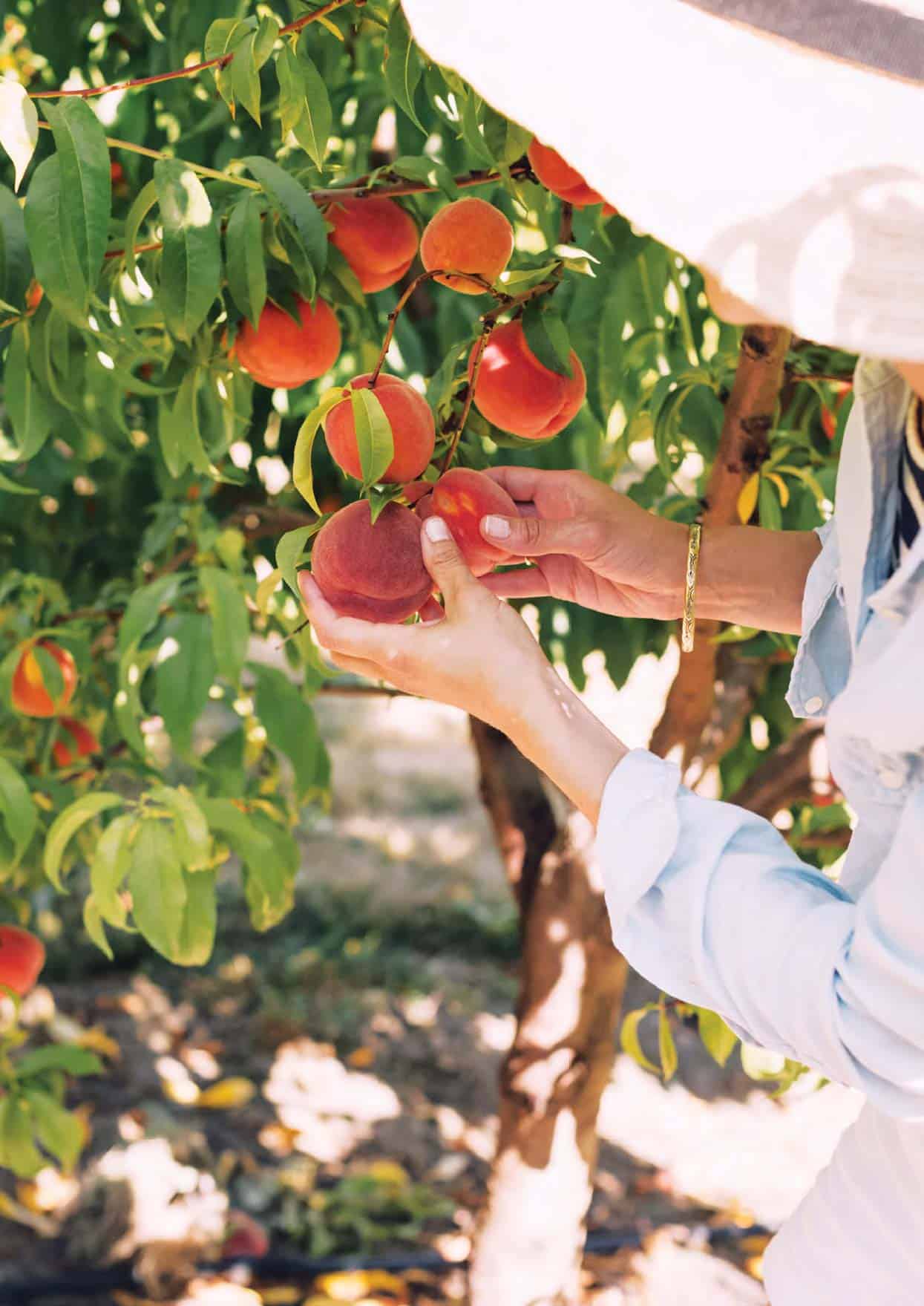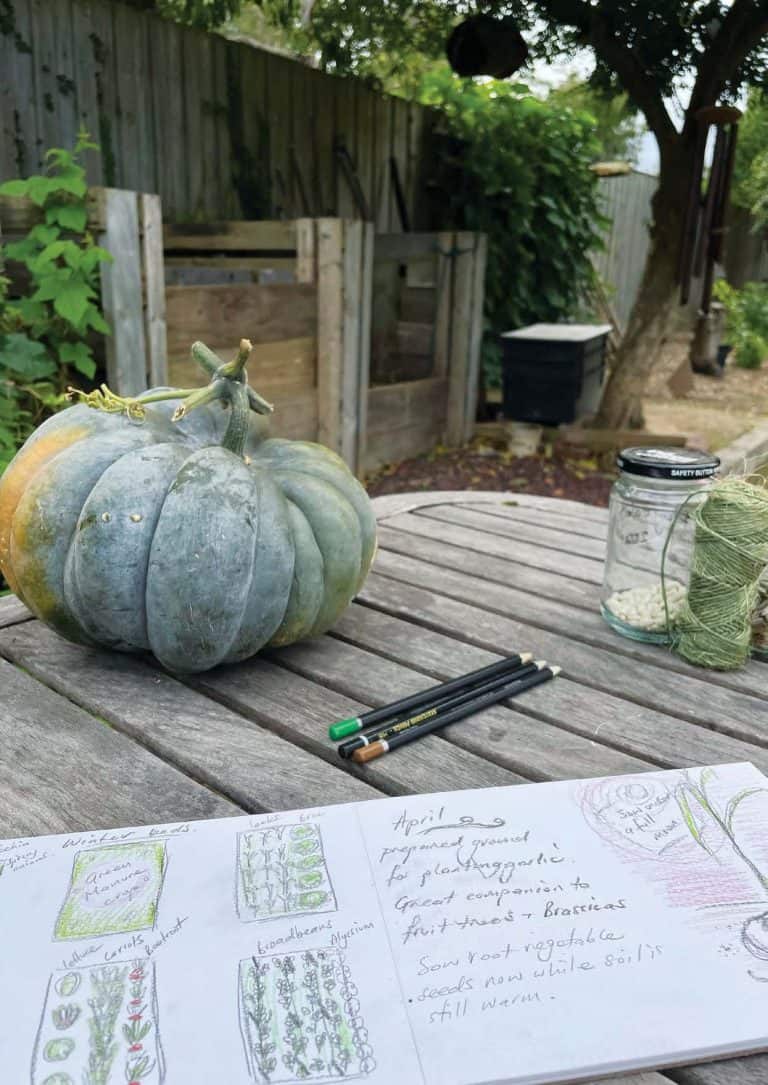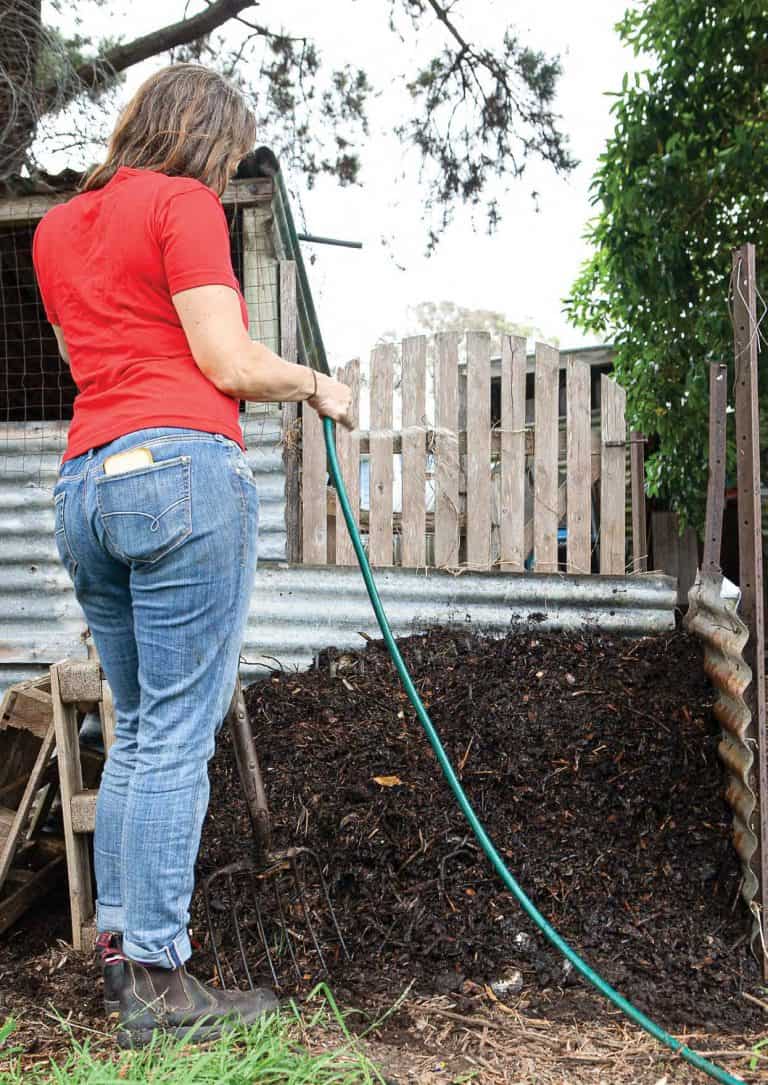GOING TO GROUND – Your guide to growing root vegetables

Root vegetables like carrots, beetroots, parsnips and radishes are staples in our kitchens and vegetable gardens. Let’s dig down into how to grow your own bunch of crunchy carrots or bountiful beets.
Root crops are versatile vegetables that produce an edible swollen root or base of stem, either below or at the soil surface. Interestingly, not all are from the same family – swedes, turnips and radishes are from the Brassica family, beetroot is a relative of silverbeet in the Amaranthaceae family, and carrot and parsnip are part of the huge Apiaceae or Umbelliferae family.
All prefer to grow in full sun (at least six hours) and have similar requirements when it comes to soil and climate. They have provided a valuable food source of minerals, carbohydrates and fibre as staple crops throughout history and, with only a little effort, could be a tasty addition to your vegetable garden too.




